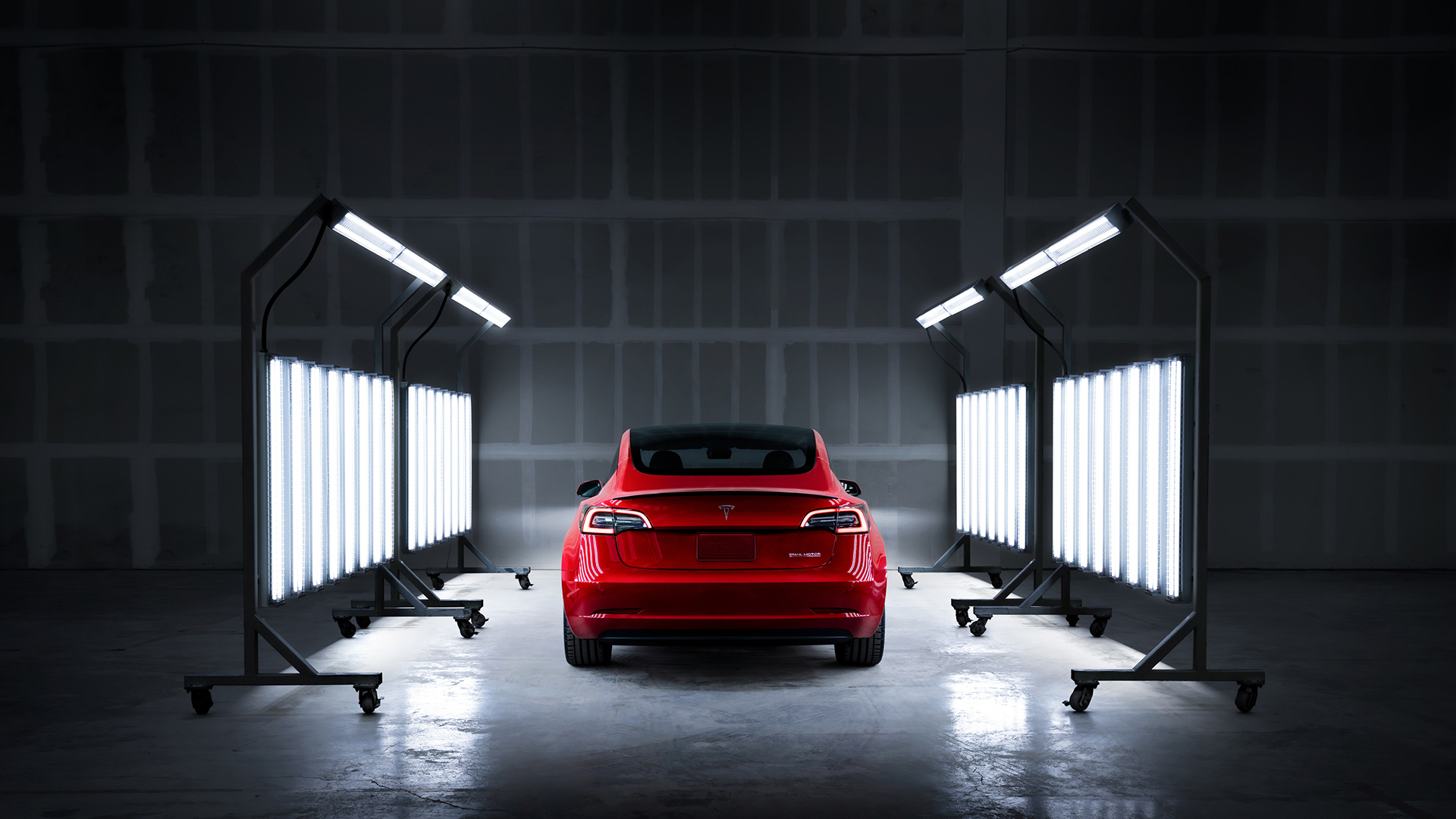2023 EV Charging Revolution: Tesla, BYD, and VW’s Latest Innovations
In 2023, the electric vehicle (EV) market is charging ahead at full throttle, embracing innovations that promise to redefine the way we think about mobility. A recent report by BloombergNEF highlights that global EV sales are set to exceed 10 million units this year, reflecting a seismic shift towards sustainable transportation. Central to this revolution is the development of EV charging technology, with major players like Tesla, BYD, and Volkswagen (VW) leading the charge. This article delves into the latest advancements in EV charging, shedding light on how these industry giants are speeding up the transition to electric mobility and what it means for you, the consumer. Whether you’re an EV enthusiast or a prospective buyer, you’ll discover cutting-edge developments, practical insights, and the future trajectory of EV charging.
Tesla’s Supercharger Network: Leading the Charge
Expanding Access and Speed
Tesla’s Supercharger network remains a cornerstone of its strategy, significantly enhancing the EV charging experience for Tesla owners. As of 2023, the company has expanded its Supercharger locations to over 40,000 globally, making it the most extensive fast-charging network in the world. This move not only improves accessibility but also addresses range anxiety—a common concern among potential EV buyers. Superchargers now offer up to 250 kW charging speeds, allowing Tesla models like the Model 3 and Model Y to gain up to 200 miles of range in just 15 minutes.
Opening Up to Non-Tesla EVs
In a groundbreaking move, Tesla has begun opening its Supercharger network to non-Tesla vehicles in select regions, including parts of Europe and North America. This initiative aims to standardize charging infrastructure and promote wider EV adoption. By integrating CCS connectors and implementing dynamic pricing, Tesla ensures that its network remains both accessible and efficient, fostering a more inclusive EV ecosystem.
BYD’s Blade Battery Technology: A Game Changer
Revolutionizing Battery Safety and Efficiency
BYD, a leader in electric vehicle manufacturing, has made significant strides with its Blade Battery technology. This innovation emphasizes safety and longevity, addressing two critical barriers to EV adoption. The Blade Battery’s unique design enhances thermal management, significantly reducing the risk of fires and extending the lifecycle of the battery. As of 2023, BYD’s Han EV boasts a range of over 300 miles on a single charge, powered by this cutting-edge technology.
Fast-Charging Capabilities
BYD’s focus on rapid charging solutions is evident in its latest offerings. The company’s fast-charging stations can replenish up to 80% of a vehicle’s battery in approximately 30 minutes. This capability is crucial for urban environments where charging time is a key consideration for EV users. As BYD expands its charging infrastructure globally, it continues to set benchmarks for efficiency and safety in the EV sector.
Volkswagen’s Electrify America: Charging Infrastructure at Scale
A Nationwide Network
Volkswagen’s commitment to electrification is exemplified by its Electrify America initiative, which is building one of the most comprehensive public charging networks in the United States. By the end of 2023, Electrify America plans to have over 1,800 charging stations with more than 10,000 individual chargers nationwide. This extensive coverage ensures that EV users have easy access to charging facilities, thus reducing range anxiety and promoting widespread EV adoption.
Advanced Charging Technology
Volkswagen’s chargers are equipped with the latest technology, offering up to 350 kW charging speeds. This lightning-fast capability means vehicles like the VW ID.4 can charge from 5% to 80% in just under 38 minutes. Moreover, Electrify America’s integration of renewable energy sources into its charging stations underscores VW’s commitment to sustainability and reducing the carbon footprint of electric vehicles.
How to Choose the Right EV Charger
Understanding Your Needs
Choosing the right EV charger depends on various factors, including your driving habits, vehicle model, and access to charging infrastructure. Here’s a quick guide to help you make an informed decision:
- Home Charging vs. Public Charging: If you have a garage or driveway, installing a Level 2 home charger can be convenient and cost-effective. For those relying on public infrastructure, networks like Tesla’s Superchargers or Electrify America offer extensive coverage.
- Charging Speed: Consider the charging speed your vehicle supports. Fast chargers (DCFC) are ideal for long trips, while Level 2 chargers are sufficient for overnight charging.
- Budget and Incentives: Evaluate the cost of installation and potential government incentives. Many regions offer rebates for home charger installations, making it more affordable to switch to electric.
Best EVs of 2023: A Quick Look
- Tesla Model Y: With its impressive range and access to the Supercharger network, it’s a top pick for families.
- BYD Han EV: Known for its safety and efficiency, the Han EV is perfect for tech-savvy drivers.
- Volkswagen ID.4: A versatile SUV with a commitment to sustainability and extensive charging options.
Conclusion: The Road Ahead for EV Charging
The innovations from Tesla, BYD, and VW represent a transformative era in EV charging technology. As these companies continue to expand their networks and enhance charging speeds, the barriers to EV adoption are rapidly diminishing. For consumers, this means more choices, greater convenience, and a significant reduction in the carbon footprint of personal transportation. As we look to the future, the question remains: How will these advancements shape our daily commutes and the global push towards sustainability? Join the conversation and stay informed, as the electric revolution is just getting started.

